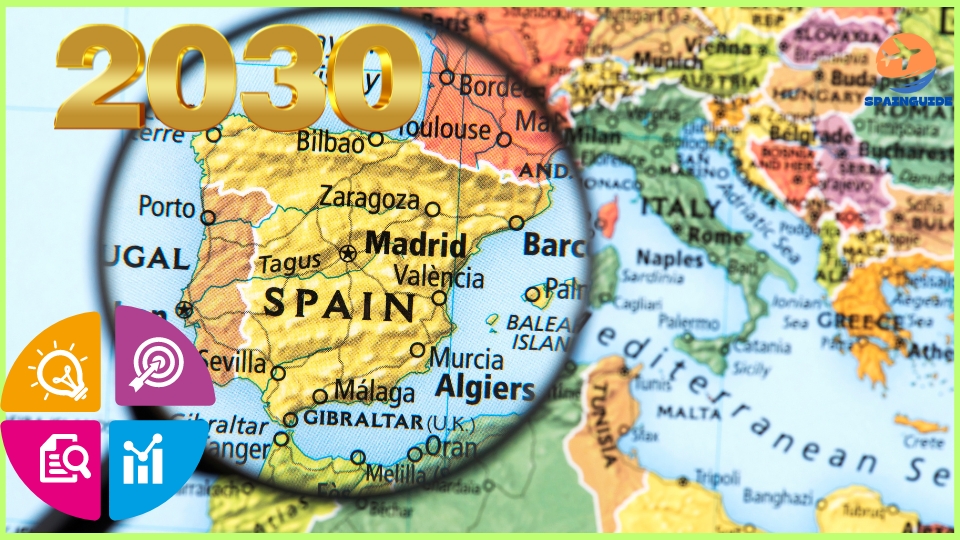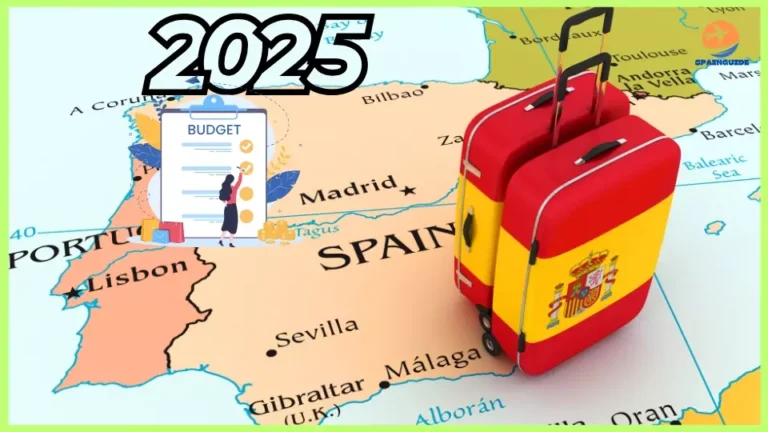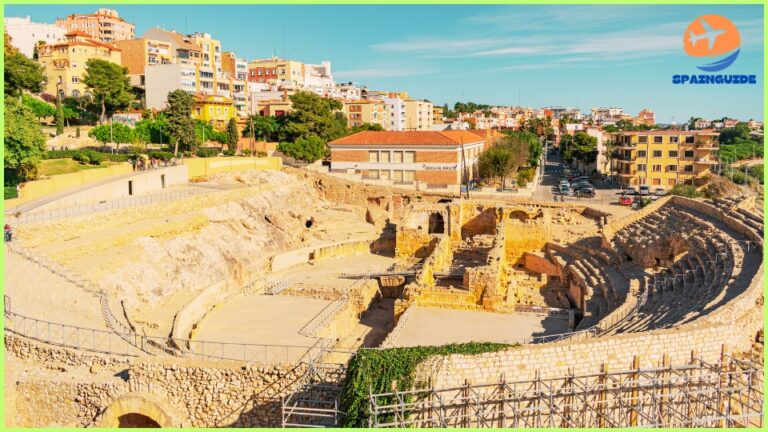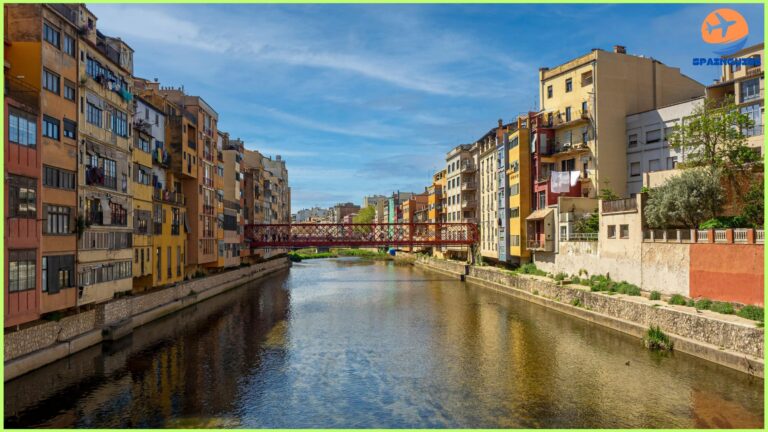Sustainable tourism is no longer just a buzzword; it’s a necessity. As global travel rebounds, the need for responsible tourism practices has never been greater. Spain, known for its rich culture, beautiful landscapes, and bustling cities, is at the forefront of this movement. The Sustainable Tourism Strategy of Spain 2030 aims to transform the country’s tourism sector, ensuring it benefits the environment, economy, and local communities.
Goals of the Sustainable Tourism Strategy 2030
Environmental Sustainability
Spain’s strategy focuses on minimizing the environmental impact of tourism. This includes reducing the carbon footprint of travel, promoting the use of renewable energy sources, and ensuring the conservation of natural resources and biodiversity.
Economic Sustainability
Economic sustainability is about creating long-term prosperity without compromising future generations’ ability to meet their needs. The strategy supports local businesses, invests in sustainable infrastructure, and seeks to enhance the quality of tourism services to ensure economic benefits are widely shared.
Social Sustainability
For tourism to be truly sustainable, it must also benefit local communities. The strategy emphasizes community involvement, preserving cultural heritage, and promoting responsible tourism practices that respect local traditions and improve residents’ quality of life.
Environmental Sustainability Initiatives
Reducing Carbon Footprint
Spain is committed to reducing the carbon emissions associated with tourism. This includes encouraging the use of public transportation, supporting electric vehicle usage, and promoting eco-friendly accommodations.
Promoting Renewable Energy
Many tourist facilities are transitioning to renewable energy sources. Solar panels, wind turbines, and other green technologies are becoming standard features in hotels and resorts across Spain.
Conservation of Natural Resources
Efforts to protect Spain’s natural landscapes are crucial. This includes enforcing strict regulations in national parks, promoting sustainable farming and fishing practices, and rehabilitating degraded ecosystems.
Economic Sustainability Measures
Supporting Local Businesses
The strategy prioritizes the growth of local businesses. This not only boosts the local economy but also provides tourists with authentic experiences, from traditional crafts to locally sourced cuisine.
Sustainable Infrastructure DevelopmentInvesting in sustainable infrastructure is key. This includes building energy-efficient hotels, improving waste management systems, and developing transportation networks that minimize environmental impact.
Enhancing the Quality of Tourism Services
Training and development programs for tourism professionals are crucial. These initiatives aim to improve service quality, ensuring that Spain remains a top destination while adhering to sustainable practices.
Social Sustainability Efforts
Community Involvement and Benefits
Local communities are at the heart of the strategy. By involving residents in tourism planning and decision-making, the strategy ensures that the benefits of tourism are shared widely and that negative impacts are minimized.
Preserving Cultural Heritage
Spain’s cultural heritage is a significant draw for tourists. Efforts to preserve historical sites, support traditional festivals, and promote cultural education are integral to the strategy.
Promoting Responsible Tourism
Tourists are encouraged to respect local customs and environments. Campaigns and educational programs aim to raise awareness about responsible tourism practices, ensuring that visitors contribute positively to the destinations they visit.
Key Stakeholders in the Strategy
Government Agencies
Various government bodies play a crucial role in implementing the strategy. Their responsibilities include policy-making, regulation, and providing funding for sustainable tourism projects.
Local Communities
Community involvement is essential for the strategy’s success. Local residents provide valuable insights and help shape tourism practices that are beneficial for their regions.
Tourism Industry Stakeholders
Businesses within the tourism industry, including hotels, travel agencies, and tour operators, are key players. Their commitment to sustainable practices is vital for achieving the strategy’s goals.
Challenges and Solutions
Over-tourism
Over-tourism can lead to environmental degradation and strain local resources. Spain’s strategy includes measures to manage tourist numbers, such as promoting off-season travel and lesser-known destinations.
Environmental Degradation
Protecting natural areas from the negative impacts of tourism is critical. Strict regulations and active conservation efforts help mitigate these effects.
Economic Disparities
Ensuring that tourism benefits are evenly distributed can be challenging. Initiatives to support small businesses and rural areas are designed to address this issue.
Case Studies of Successful Sustainable Tourism Initiatives
Example 1: Costa Brava
Costa Brava has implemented various sustainable tourism practices, from protecting coastal ecosystems to promoting eco-friendly accommodations. These efforts have made it a model for other regions.
Example 2: Balearic Islands
The Balearic Islands have introduced measures to limit the environmental impact of tourism, such as regulating the number of visitors and investing in renewable energy projects.
Technological Innovations in Sustainable Tourism
Smart Tourism Technologies
Smart technologies are being used to enhance sustainability. This includes everything from smart grids to reduce energy consumption to apps that help tourists make eco-friendly choices.
Digital Platforms for Sustainable Practices
Digital platforms play a crucial role in promoting sustainable tourism. These platforms provide information on eco-friendly accommodations, sustainable activities, and responsible travel tips.
Educational and Awareness Programs
Training for Tourism Professionals
Professional development programs ensure that those working in the tourism industry are well-versed in sustainable practices. This includes training on environmental conservation, customer service, and cultural sensitivity.
Public Awareness Campaigns
Campaigns aimed at educating visitors on how to travel responsibly help minimize their impact on the environment and local communities.
Monitoring and Evaluation
Indicators of Success
To ensure the strategy’s effectiveness, various indicators are monitored. These include tourist satisfaction, environmental impact metrics, and economic benefits to local communities.
Continuous Improvement Processes
The strategy includes mechanisms for regular review and improvement. This ensures that it remains relevant and effective in achieving its goals.
Collaborations and Partnerships
International Collaborations
Spain collaborates with international organizations and other countries to share best practices and develop global standards for sustainable tourism.
Public-Private Partnerships
Partnerships between the public sector and private businesses are essential for implementing sustainable tourism initiatives.
Future Prospects and Vision
Long-term Impacts
The long-term impacts of the strategy include a more resilient tourism sector, enhanced natural and cultural preservation, and greater economic stability for local communities.
Vision for 2050
Looking beyond 2030, Spain aims to continue leading in sustainable tourism. The vision for 2050 includes a fully integrated approach where tourism supports environmental, economic, and social sustainability.
Spain’s Sustainable Tourism Strategy 2030 is a comprehensive plan that addresses the environmental, economic, and social aspects of tourism. By involving all stakeholders and implementing innovative solutions, Spain is setting a benchmark for sustainable tourism globally. The success of this strategy depends on the collective efforts of government bodies, local communities, and the tourism industry. Together, they can ensure that Spain remains a top destination while preserving its natural beauty and cultural heritage for future generations.
FAQs
What is sustainable tourism?
Sustainable tourism aims to minimize the negative impacts of travel on the environment, economy, and local communities while maximizing the positive benefits.
How will the strategy benefit local communities?
The strategy involves local communities in decision-making processes and ensures that tourism revenues are reinvested in local infrastructure and services, thereby improving residents’ quality of life.
What are the key challenges to implementing this strategy?
Challenges include managing over-tourism, preventing environmental degradation, and ensuring that economic benefits are evenly distributed.
How can tourists contribute to sustainable tourism in Spain?
Tourists can contribute by choosing eco-friendly accommodations, respecting local customs and environments, and participating in sustainable activities.
What role do technology and innovation play in this strategy?
Technology and innovation are crucial for implementing sustainable practices, from reducing energy consumption with smart grids to using digital platforms to promote responsible tourism.







